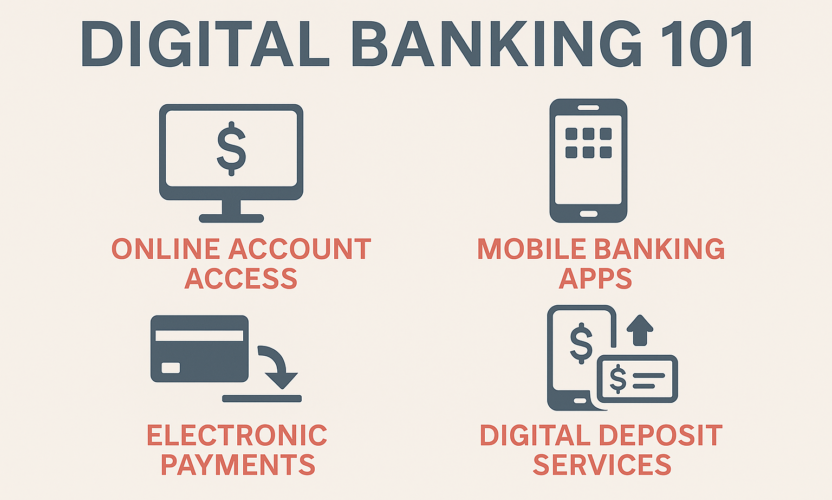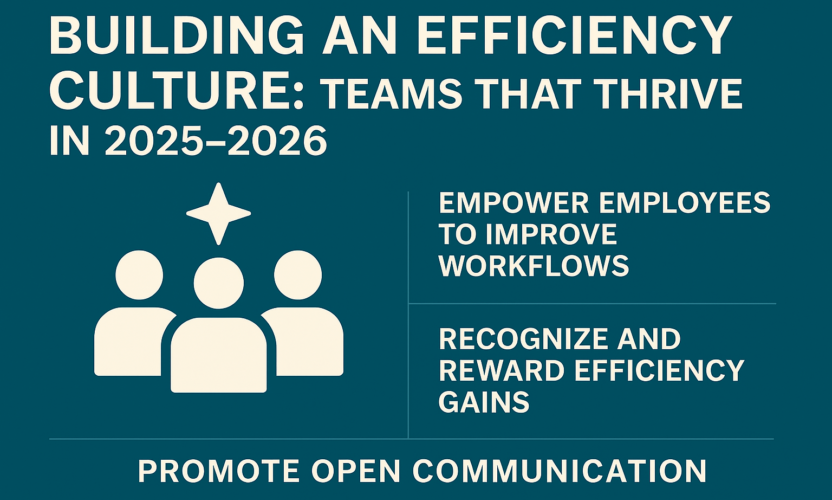The Wave: From the President's Desk
06.14.2022As we start 2022, we are again challenged with dealing with another surge of a Covid variant. The Omicron variant while more transmittable the impact has been less severe especially for those who are vaccinated. The lower severity the closer the public becomes from treating Covid as a pandemic to a virus that is endemic to the environment like the flu and more normalized behavior. As with prior variants, the spike in infections resulted in the public taking extra precautions and lowering demand for consumer goods and services.
If public behavior follows the last two springs, the economy is likely to get shot in the arm during the second quarter. After a winter of Covid restrictions and extreme weather people are going to celebrate this spring we’ll see another surge in demand for services in what is already a very healthy economy.
Fourth quarter US gross domestic product (GDP) grew at an annualized rate of 6.9%. The growth reflects increases in private inventory investment, exports and personal consumption. The high demand has also resulted in higher prices and the inflation has been headline news for the last few months. For the full year 2021, consumer prices rose by 7.0% led by gasoline and other energy products. With inflation well above the Federal Reserve Bank’s (FRB) 2% target, the bank signaled in its January 2022 meeting it’s expectation to increase the fed funds target range above its current 25 bps. The market currently expects the FRB to increase the target by another 25bps in March. The quarter point won’t likely impact the economy too much but it represents the first step in a monetary tightening process and we don’t know how much higher or how fast the FRB will increase rates.
We’ve been in an accommodative fiscal environment for well over a decade and I suspect some forgotten what a normal interest rate environment looks like. The average fed funds rate over the last 50 years is 4.69% which would result in a Prime rate of about 7.50% while over the last 10 years the average fed fund rate of 0.58% resulting in a Prime Rate of approximately 3.50%. That is quite a difference. People will argue that the world has changed during that period and lower rates are normal but when you look at the underlying factors driving inflation its hard to argue against higher interest rates.
First, we continue to have supply chain issues resulting from Covid related disruptions. Until goods are able to resume a free flow of transit we will continue to have limited supply of many imported goods keeping prices high.
Second, there are approximately 10.5 million job openings in the United States compared to approximately 6.5 million unemployed works. The unemployment rate at the end of January was 4% and compared with historic rate of 5.76% over the period of 1948 to 2022. Employers will need to increase salaries to attract workers and those increased costs are likely to pass through to consumers. Furthermore, the increased incomes will likely increase demand for goods and services pushing prices higher.
Third, the FRB started winding down it’s bond buying program started during the great recession. The purchase program was designed to keep interests low as an incentive to create demand. The FRB demand for bonds raises the price and bonds which results in lower yields and borrowing costs. The absence of that demand should increase yields unless another buyer steps in.
Higher interest rates are going to be painful for those that over leverage but higher interest rates aren’t all bad news. A rising rate environment generally signals an improving economy with more growth opportunities and increased spending. This means it should be a pretty good time to be in business. The challenge will be finding the economic balance between healthy and overheating. A very difficult task.
I’m optimistic on 2022 being a pretty solid year. There will likely be other variants that emerge but we shouldn’t let those, like omicron, stop us from moving forward.
Cheers,
Dave




